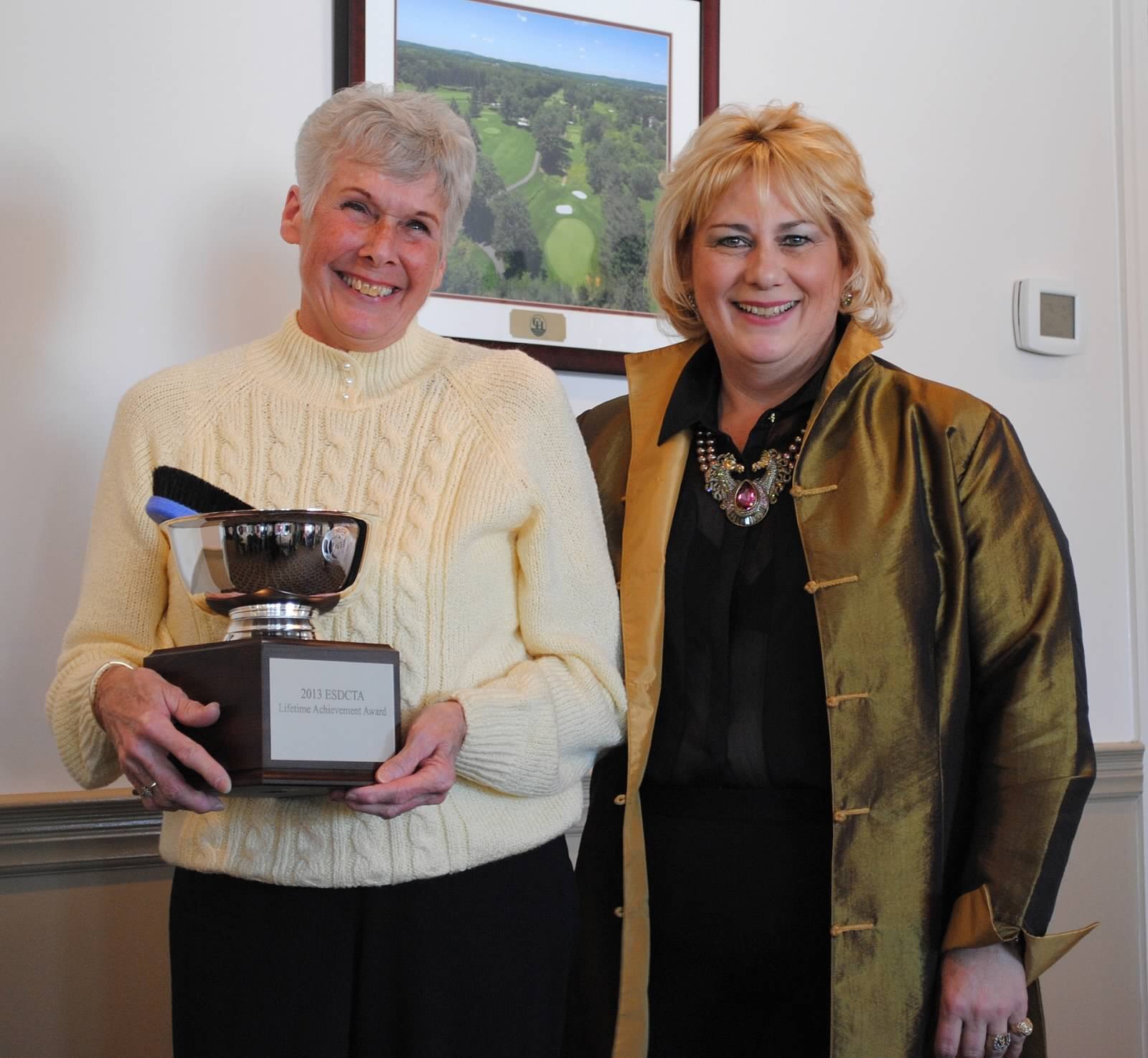
Earlen’s philosophy of riding
-
From judging all over the country for 50+ years, I believe that most people ride their horse with way too much rein and that holding their head in snugly impairs their balance.
-
The basis of our training is our belief that “correct” dressage basics are a great foundation for any discipline. I have taken lessons with Olympic coaches and many major international instructors and I never felt that their basics were any different even though they were in different disciplines.
A horse is a horse!
-
Correct dressage basics are invaluable to developing a relaxed, willing, responsive horse with a soft swinging back and a relaxed neck with the horse seeking a soft yielding connection with the rider. We use very little rein aids. Our emphasis is on leg and weight aids to give your messages to your horse.
-
We have included some photos and small videos of our horses and riders showing relaxation, balance and self-carriage.
We want our horses to enjoy the ride as much as the rider!
Earlen recieving Lifetime Achievement Award from Eastern States Combined Training Association's President Lisa Toaldo
Note: The horses have the use of their necks over the fences.
A horse’s neck is his balance beam. They need to be able to stretch their necks on the approach to the fence, in the air and on the landing to make the bascule over the jump. The approach to the fence is the most important. I tell my riders to yield the reins at least 2 strides before the fence (a crest release is great) and don’t absorb contact until 2 strides after the fence. When a horse has the use of his neck he will try to jump the moon for you and they have a way better eye for take-off spots than we do.
Horses actually slow their pace down on their own when you allow them the use of their neck. Bert deNemethy used to say, teach them correct flat work (correct dressage basics) and the jump comes as a gift. Teach them the aids to increase, decrease, bend and allow them to balance themselves and the jump does come as a gift. I have used this method for over 60 years. Look at my resume to see that it works. I hope more riders and instructors will try it.
The following videos are all horses that are green or being re-schooled. Please understand that training is a process. They are all at various stages of their education. I am just trying to let riders understand basic concepts of training. In the videos, I try to point out things that could be improved on also.
In educating riders, I always prefer a little lighter rein rather than a stronger hold on a horse while the rider is learning to develop a soft contact so a horse will want to reach forward to accept the rider’s feel.
Please Note: If you are unable to get back to video after watching one, please refresh you page
Crest Release. Rider is starting to learn a low crest release. Hands could be a little further up the neck. If you watch her elbows, they are following with the movement of the horse’s neck, so she doesn’t catch the horse in the mouth when he jumps.
Flying change. Rider is too far forward and has outside leg too far back with heel light but does manage to have the horse respond to her weight and leg aids and change from a counter canter to the correct lead in a smooth, balanced flying change suitable for a hunter.
Relax jaw and neck. This horse had been jumped with his head up and back hollow, so the rider is just asking him to relax and learn to reach forward to the bit and start thinking about softening his jaw some.
Rider is introducing the concept of long and low to relax and stretch his back muscles some
Horse needs to develop confidence in the rider that she is not going to hold him together. She needs to let him know that when she puts a leg on him that he can stretch forward to the rein and that her feel will remain soft.
Horse is tracking up, is in front of the vertical and is steadily reaching for rider's connection.
Horse is now learning balance, is reaching in front of the vertical and is developing a steady rhythmic canter with a light following contact.
This horse used to lose his attention to the job at hand by staring at things outside of the arena and often spook. The rider is trying to teach him to keep attentive to her aids, stay in front of her leg and reach softly and steadily into her hand as opposed to his head being up and him focusing on other things.
This horse had been taught to back from rein aids with his back a bit hollow and his head up. The rider is starting to teach him that he can back off of her alternating leg aids without pulling on his mouth which allows him to round his back and stay soft in her hand.
At the canter, this horse would get rangy and quick so the rider is just working on keeping him at a steady pace without getting rangy by using her inside leg and a ring finger on her outside rein to keep his hind end engaged but also tell him not to quicken his pace. Her canter depart would not have had the couple of trot steps had she not tilted forward on the depart, but she did get a relaxed balanced canter.
Sometimes a different explanation or a different slant on things helps to clarify something that you’ve been having difficulty with. Perhaps you’ll go home with a new perspective or thought process that might improve your horse!
CALL 856-769-1916
if you have any questions, would like to visit or would like to join us






